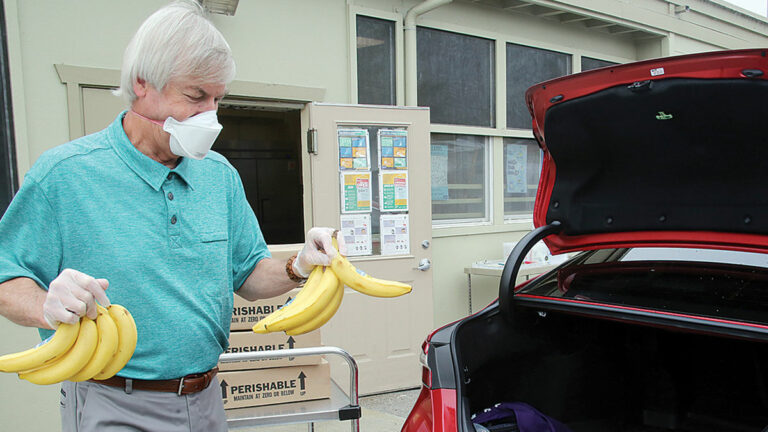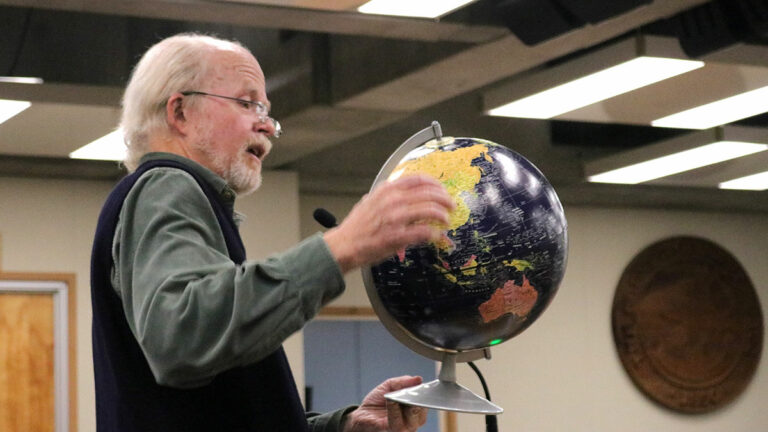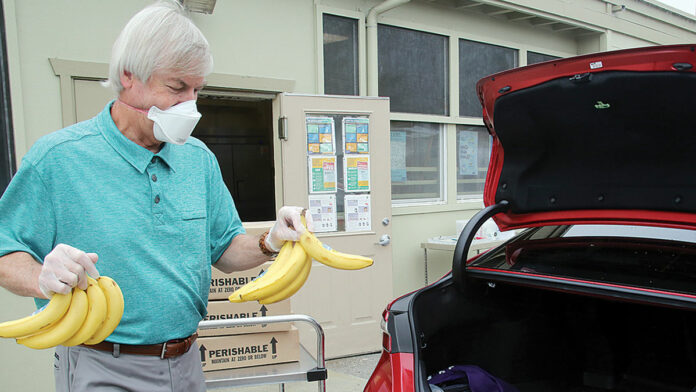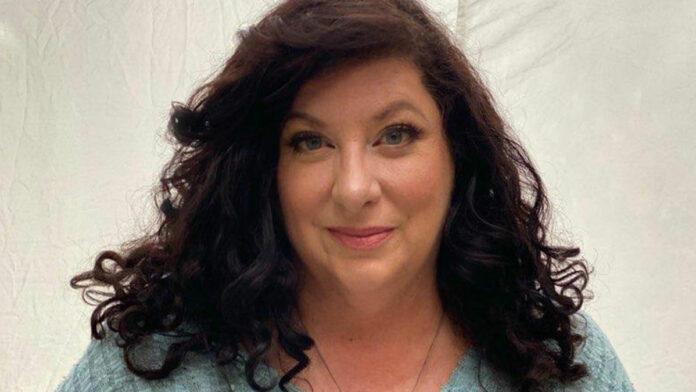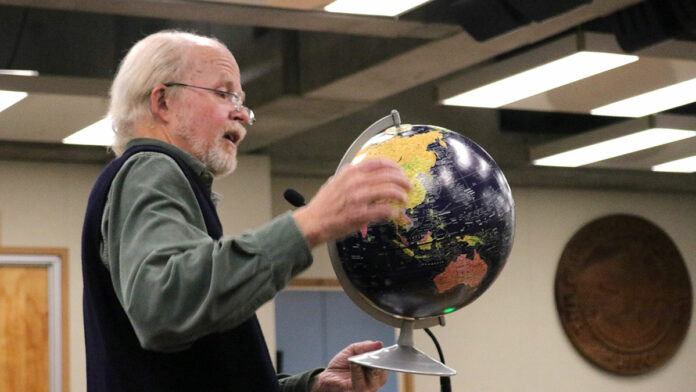To say Watsonville City Councilman Francisco “Paco” Estrada had mixed feelings about the emergence of the four Covid-19 clusters in Watsonville would be an understatement.
The spike in cases was traced back to four separate family gatherings during Mother’s Day weekend, including one in which family members came into town from out-of-state—an act not allowed under county and state orders put in place to slow the spread of the novel coronavirus.
“I was definitely frustrated and a little mad,” he said, “but then as we remove ourselves from the news—we got a little bit of distance from the situation—you understand it.”
Estrada now sees the clusters as a “hiccup” in an otherwise strong local response to the pandemic. It might have also been a wake-up call for leaders of the Pajaro Valley who are now racing to make sure the community has not yet let its guard down in the fight against Covid-19.
With the start of summer around the corner and families itching to gather and celebrate important milestones and holidays such as graduations, Father’s Day and the Fourth of July, a dozen local leaders from various fields are busy creating a unified campaign around gatherings.
How do you celebrate in the time of Covid-19, shelter-in-place orders and physical distancing?
“How do you convince the heart to follow the brain?” Estrada said. “It’s a tough thing to do but we have some really smart people trying to come up with solutions.”
THE TEAM
Estrada joined the group, officially the South County arm of the county’s SAVE Lives initiative, two weeks ago.
He serves as the co-Chair along with Pajaro Valley Prevention and Student Assistance CEO Erica Padilla-Chavez and Salud Para La Gente CEO Dori Rose Inda. Pajaro Valley Unified School District Superintendent Michelle Rodriguez and County Office of Education Superintendent Farris Sabbah are also in the group, as are Monarch Services CEO Laura Segura, Digital NEST Executive Director Jacob Martinez and a pair of communication specialists from local companies.
Padilla-Chavez said the group formed in mid-May, just a few days before the county publicly announced the emergence of the four clusters that flipped the Covid-19 demographics. As of Thursday, roughly 51.6% of all cases in the county are in Latinos/Hispanics despite being only 33.5% of the population. Worse, Watsonville has more than half of the county’s cases, and the majority of its active cases.
“That raised some red flags for us,” Estrada said.
But the group is not panicking. Instead, it’s keeping the county’s overall numbers in perspective. Santa Cruz County as of Thursday had 219 cases and 175 of those people have recovered from the disease.
Neighboring Monterey County, meanwhile, has had 621 Covid-19 cases, including more than 230 in the last 14 days, according to state data. San Luis Obispo County, which is comparable to Santa Cruz County in population size, has at least 279 total cases.
Those numbers, Padilla-Chavez said, are proof that the community’s efforts and the economic ruin as a result of the closures have not been in vain.
“It hasn’t been all doom and gloom,” Padilla-Chavez said. “Our community has done an incredible job of responding and saving lives, but we can always do better.”
THE MESSAGE
Since the shelter-in-place order was put in place in mid-March there has been a never-ending stream of documents and data released by county and state health officials—and all of them are constantly updated in a flash. This left municipalities, organizations and agencies scrambling to disperse messages to the public as soon as possible.
Padilla-Chavez said that the flurry of messages from various outlets was admirable but ultimately confusing and cluttered. The ideas were getting out, but the message might not have been sticking.
“What we want to do is have one, unified and clear message that the community can understand,” Padilla-Chavez said.
That’s where media experts such as Martinez come in. Through Digitial NEST, which trains the community’s young people in various tech, he has helped create multi-lingual public service announcements for local organizations. Now, his nonprofit and communication professionals from Reiter Berry Farms and the County of Santa Cruz are tasked with creating a message that will resonate with everyone in Watsonville.
“It has to be clear, it has to be bilingual and it has to be understanding of the community,” Martinez said.
It also has to be focused on what the community can do, Estrada said.
“What we don’t want to do is create punitive measures,” Estrada said. “We don’t want to list everything people can’t do and say, ‘don’t do this or that.’ We know people are going to want to come together. We hope that we can say, ‘hey, instead of doing that, you can do this.’ We want to give people options.”
The group is expected to soon introduce its first campaign to help families looking to celebrate graduations within the shelter-in-place restrictions.
THE CHALLENGES
After graduations and Father’s Day, Fourth of July will be atop the group’s list of events they must somehow navigate.
Watsonville City Manager Matt Huffaker, along with Chief of Police David Honda and Fire Chief Rudy Lopez, decided to allow the sale of safe-and-sane fireworks for Fourth of July festivities.
That decree ruffled some feathers of concerned citizens such as former Mayor Dennis Osmer, who equated the decision with “courting disaster” and has asked for a public forum on the topic.
“It sends the signal that things are back to normal—we’re clearly not,” Osmer said. “This should be determined by the people.”
Others, however, have said the fireworks sales are essential fundraisers for nonprofits and local sports teams that have been financially devastated during the pandemic.
PVUSD Board of Trustees President Daniel Dodge Jr. was one of the first community members to bring the situation to the public’s attention, asking in a Facebook post for the public to contact their respective councilmember.
“I just wanted to get the public’s opinion on it one way or the other,” he said. “I’ve heard concerns from both ends…I believe there should have been a public forum.”
Huffaker said the city does have concerns about large family gatherings leading to another round of clusters, and that it will increase its outreach in the weeks leading up to Independence Day. The city plans to distribute informational fliers at each fireworks booth, close public parking lots to discourage gatherings and launch a “focused” media campaign.
Similar though situations are on the horizon, and Huffaker said all will be weighed accordingly.
“As with all decisions during this public health pandemic and now growing social crisis, we are striving to balance keeping the peace in our community and protecting public health,” he said.
THE FUTURE
When the shelter-in-place order was first announced, Martinez jokingly tweeted out that his family would either be more connected than ever when the order was finally lifted or that they would never want to speak to each again. Three months later his family, including two high school boys and another in elementary school, falls in the former. Family bonfires, dinners and games have become the norm.
“There have been behaviors that we’ve adopted here that I hope continue post-Covid,” Martinez said. “For me, that’s a little light at the end of the tunnel.”
Estrada, too, said he hopes what was created during the time of Covid-19 sticks around after the virus stops its spread and things return to normal. The south county group, he said, could be a useful tool for other community issues such as housing and pedestrian safety.
“Everyone in this group represents a very important part of our community,” he said. “I think keeping this together and being proactive instead of reactive could be a good thing.”
It is unclear if that will happen, but with graduations wrapping up this week and other summer holidays around the corner all eyes are zeroed in on the now.
“We’re all trying to focus on the next few weeks,” Estrada said. “We feel like this is the most important moment in the pandemic up until now.”








